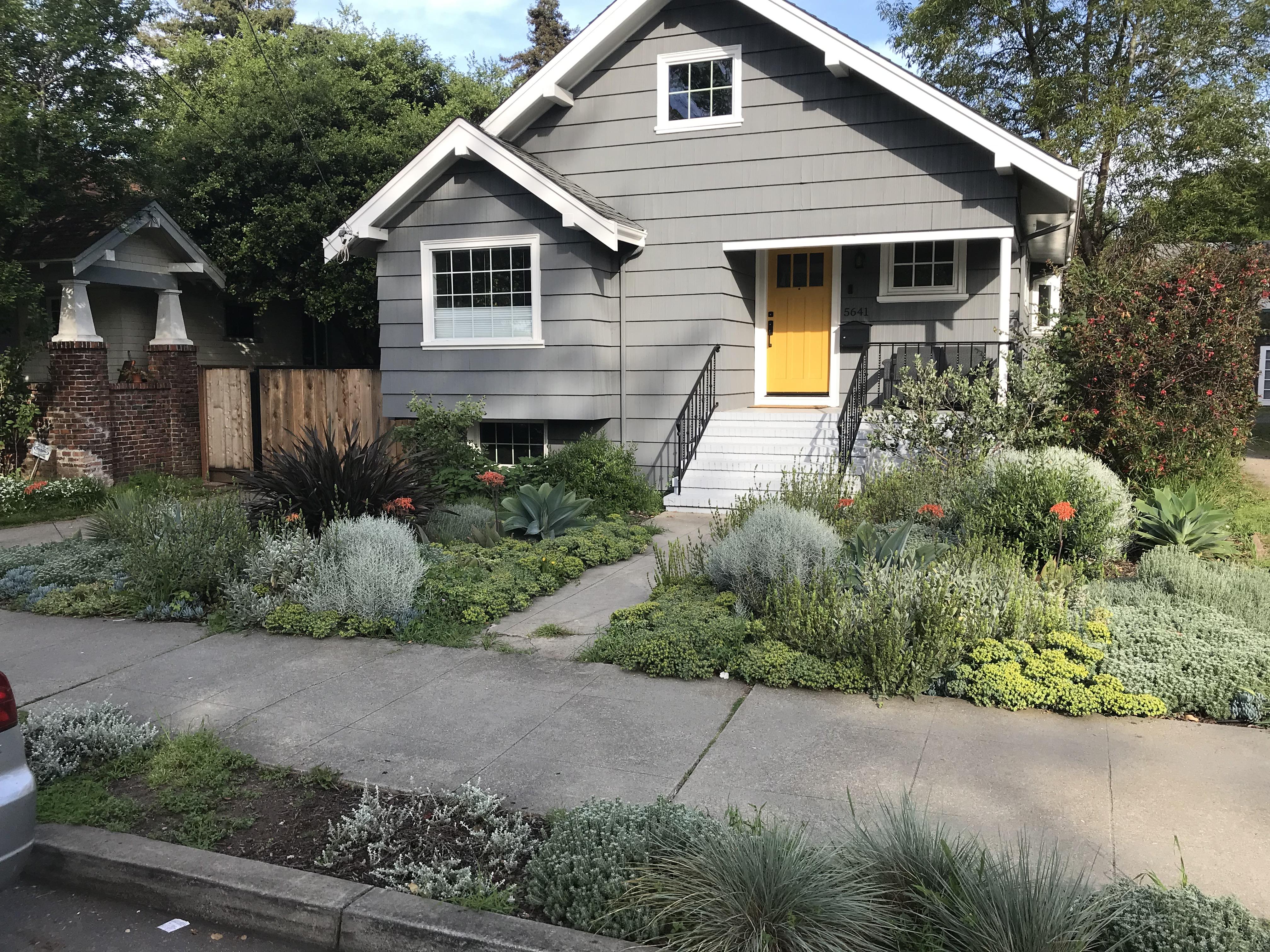rethinking lawns: memories, nature, and neighborhood debates
When I look out at my yard, I remember my father’s hands, calloused from mowing our endless green lawn every Saturday. Back then, a perfect lawn was a badge of honor in our neighborhood—a symbol of hard work and pride. But now, as I kneel in my garden, coaxing native wildflowers to bloom, I wonder: is that lush, uniform grass really worth it? Many of us grew up believing a manicured lawn was the American dream. Yet, with water shortages and changing climates, those green carpets are starting to feel out of place. My grandchildren laugh as bees buzz around the coneflowers and milkweed I’ve planted, but my neighbors sometimes frown, worried that my wild patch will bring down property values or attract critters. There’s a tug-of-war between tradition and change. Some folks say native gardens look messy, while others see them as a return to our roots—literally. It’s not just about beauty; it’s about adapting to our local climate and supporting pollinators. But in our community, the debate rages on: should we stick to the old ways, or embrace a new, more sustainable style? Every time I walk past a row of identical lawns, I feel torn. I miss the smell of fresh-cut grass, but I love the life that’s returned to my yard. Maybe it’s time we talk openly about what we want our neighborhoods to look like—and what we’re willing to give up for the sake of tradition, beauty, and the environment. #gardeningdebate #nativeplants #lawnalternatives #Gardening
2025-05-27
write a comment...
